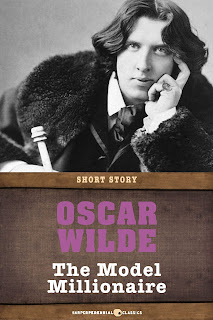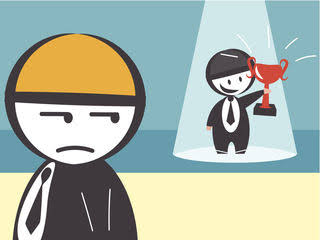The Model Millionaire by Oscar Wilde
The next day, Hughie is informed by Alan that the one who posed for his painting was actually a wealthy man by name Baron Hausberg. He happens to be a great enthusiast and patron of art, hence picking to pose as a beggar. Alan had told Hausberg about all of Hughie's story till his dire need of money. The next day, Hughie finds the 10,000 dollars he had needed delivered to him from Hausberg. The story ends with Hughie getting happily married to Laura.
Oscar Wilde is known for his ironical writings, for which this story is a very good example. My favourite ironical moment is when Hughie, who himself is in need of money, donates what he has left to the supposed beggar as opposed to his friend who earns in guineas and yet gives nothing to the beggar, which is quite relatable in real life. People who have the most actually don't give much, while people who have less are prepared to give more than the rich. I remember an instance which took place one day when I was returning from my relatives' home. There were a few puppies out there and beside them was a hut where lived a mother and her two children. While all the others were just feeding them with one or two biscuits, this lady fed them with real food, which she cooked for herself and her children. I think the practice of a simple life gives them this nature. They are not people who follow a 9-5 job, earn a salary and maintain accounts for expenditure and savings, but people who live on wages with which they have nothing much to do. They earn that day, eat on that day's earnings and start the next day afresh.
On the other hand, there we are, expecting over the limitations of our earnings, focus only on saving and finally end up witnessing our savings getting inflated.




Comments
Post a Comment